
Published: Last Updated:
Readtime: 8 min
Every product is carefully selected by our editors and experts. If you buy from a link, we may earn a commission. Learn more. For more information on how we test products, click here.
It’s been a long time in the works, but with Adrian Newey on board, the Aston Martin Valhalla has finally been revealed. The brand is making some of the most desirable cars in the world right now, including the newly released Vanquish and Valiant. However, the Valhalla will be the car that puts them in the conversation with god-tier hypercars like the McLaren W1, Ferrari F80, and whatever Porsche is cooking up.
Powered by a flat plane crank 4.0-litre twin-turbo V8 engine with three electric motors (two front, one rear), it delivers 794kW of power (1079PS, 1064HP) and 1100Nm of torque to all four wheels via a hybridised 8-speed Dual Clutch Transmission.
With a bespoke carbon fibre tub, the Valhalla’s dry weight of 1,655kg makes it one of the lighter hybrid hypercars and gives it a power-to-weight ratio of 652PS per tonne. That helps it achieve a predicted 0-100km/h time of 2.5 seconds and puts it up there with the best.
It might be down on power compared to the F80 (786HP per tonne) and McLaren W1 (899HP per tonne) but that probably won’t matter to buyers who will line up around the block for this limited-production vehicle with just 999 cars being made. The price for the Valhalla has not been confirmed for Australia, nor have allocation numbers been shared. However, when it was shown to local media a few years ago, the indicative pricing was AUD$1.8 Million and we wouldn’t expect it to have gone down. First customer deliveries will start in H2 2025.
RELATED: These are the best luxury car brands in the world, according to us.
What Powers the Aston Martin Valhalla?
- Maximum Power: 1,079 PS / 1,064 bhp / 793 kW @ 6,700 rpm
- Maximum Torque: 1,100 Nm / 811 lb-ft
- Acceleration: 0-100 km/h (0-62 mph) in 2.5 seconds (predicted)
- Top Speed: Electronically limited to 350 km/h (217 mph)
- Drive Modes: 4 selectable modes – Sport, Sport+, Race, and EV
- Downforce: Generates over 600 kg of downforce from 240 km/h to 350 km/h
- Chassis: Carbon fibre monocoque with aluminium front and rear subframes
- Weight: Dry weight of 1,655 kg (with lightweight options)
- Braking System: Carbon Ceramic Brake system with 410 mm front and 390 mm rear discs
- Wheels and tyres: 20” front and 21” rear forged alloy wheels with Michelin Pilot Sport S 5 AML tyres
The 4.0-litre twin-turbocharged V8 engine in the Valhalla is upgraded from the DB12 and DBX707 and produces 828PS. It has a flat-plane crank, dry sump, and larger turbochargers with roller bearings to safety increase boost.
When you combine it with three electric motors (251PS) the total system output rises to 1079PS and 1100Nm. Sport mode is the default drive mode, but you can select Pure EV, Sport+ and Race, and each mode has a specific calibration of the powertrain (including Torque Vectoring and hybrid system integration), plus suspension stiffness, active aero, and steering calibration for distinct driving characters.
Like the Corvette E-Ray, the front end of the Valhalla is exclusively powered by the custom-built P4 Front Electric Drive Unit (with torque vectoring) which also provides reverse. There is no physical connection between the front and rear axles. As such, the flat-plane crank V8 engine takes care of the rear axle and combines it with a third electric motor built into the paddle-shift 8-speed DCT transmission built for and designed by Aston Martin to deliver the power to the ground.
This is all managed by Valhalla’s state-of-the-art IVC and Integrated Power Brake systems. It takes care of Torque Vectoring on the front axle and the rear axle’s Electronic Limited-Slip Differential (E-diff) to control drive to all four wheels, according to the driver’s demands, including traction, stability and handling needs.
The Valhalla has an EV-only drive mode with a limited range of 14km, which is good for leaving your neighbourhood without waking the neighbours.
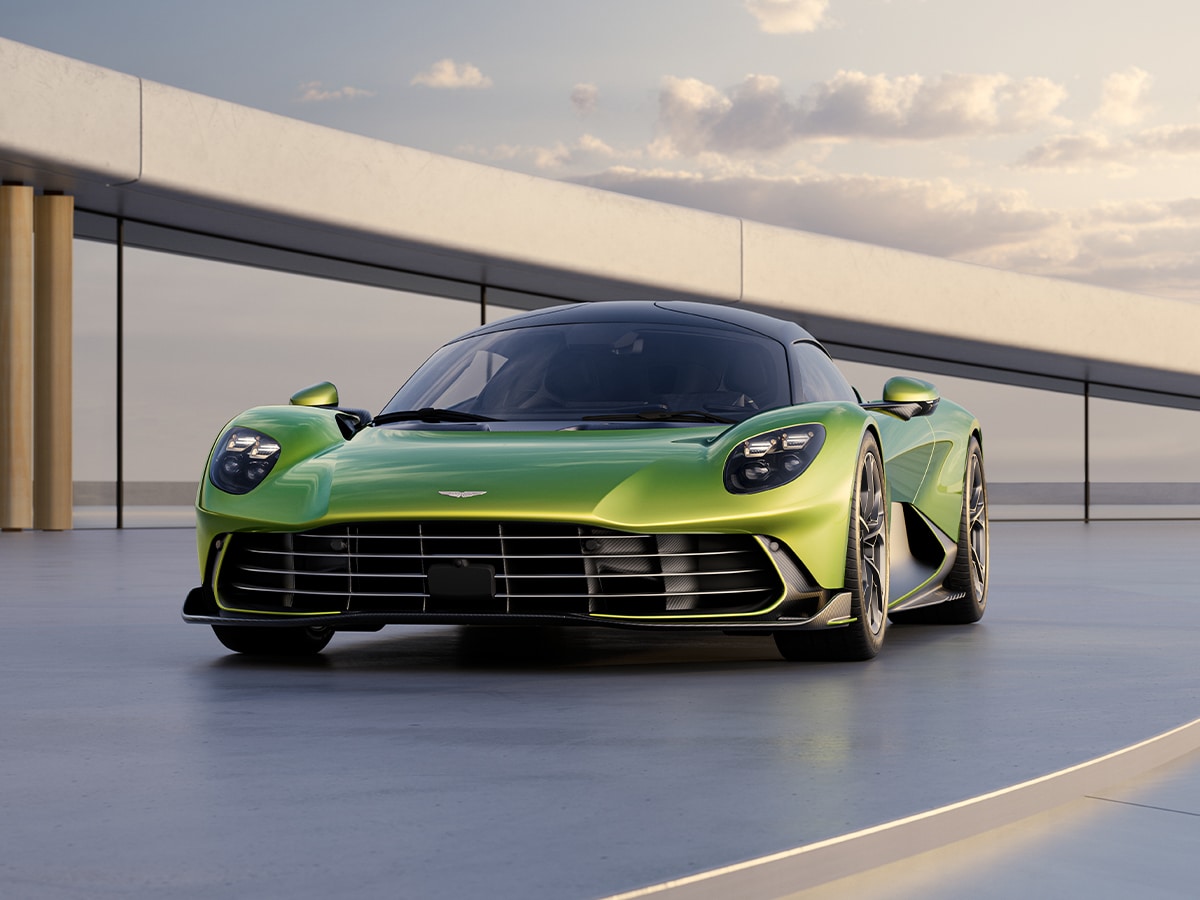
What’s Under the Skin of the Aston Martin Valhalla?
- Front suspension: Double wishbone pushrod system with inboard springs and dampers (F1-inspired)
- Rear suspension: Multi-link system with coil springs and anti-roll bar
- Adaptive damping: Bilstein DTX Adaptive Damping System (ADS) with intelligent adaptive dampers
- Drive modes: Sport, Sport+, Race, and EV modes adjust suspension stiffness and handling
- Chassis: Carbon fibre monocoque with aluminium subframes
- Braking enhancements: Integrated Power Brake (IPB) with brake-by-wire system, regenerative braking, and Air Brake (activated during Race mode)
- Downforce: Generates over 600 kg of downforce from 240 km/h to 350 km/h
- Active aerodynamics: Front and rear active aerodynamic surfaces dynamically adjust based on speed and drive mode
- Front wing: Concealed active front wing for managing airflow and optimizing downforce
- Rear wing: Rear T-wing extends up to 255 mm in Race mode for maximum downforce and acts as an Air Brake
Underneath the skin, the front end features Formula One-style push rod front suspension complete with inboard-mounted springs and dampers. This allows for increased airflow within the wheel arch, and the result is lower air pressure, reduced drag, and increased airflow to the door-turning vanes to purposely feed the rear oil coolers. It also gives extra space to integrate the front axle electric motors and front radiator system.
Meanwhile, at the rear end, you have a 5-link suspension system, and we should mention here that both the front and rear dampers are Bilstein’s precise and ultra-reactive DTX adaptive dampers. These are similar to those found on the new Aston Martin Vantage and are simply the best in the business when it comes to suspension tech.
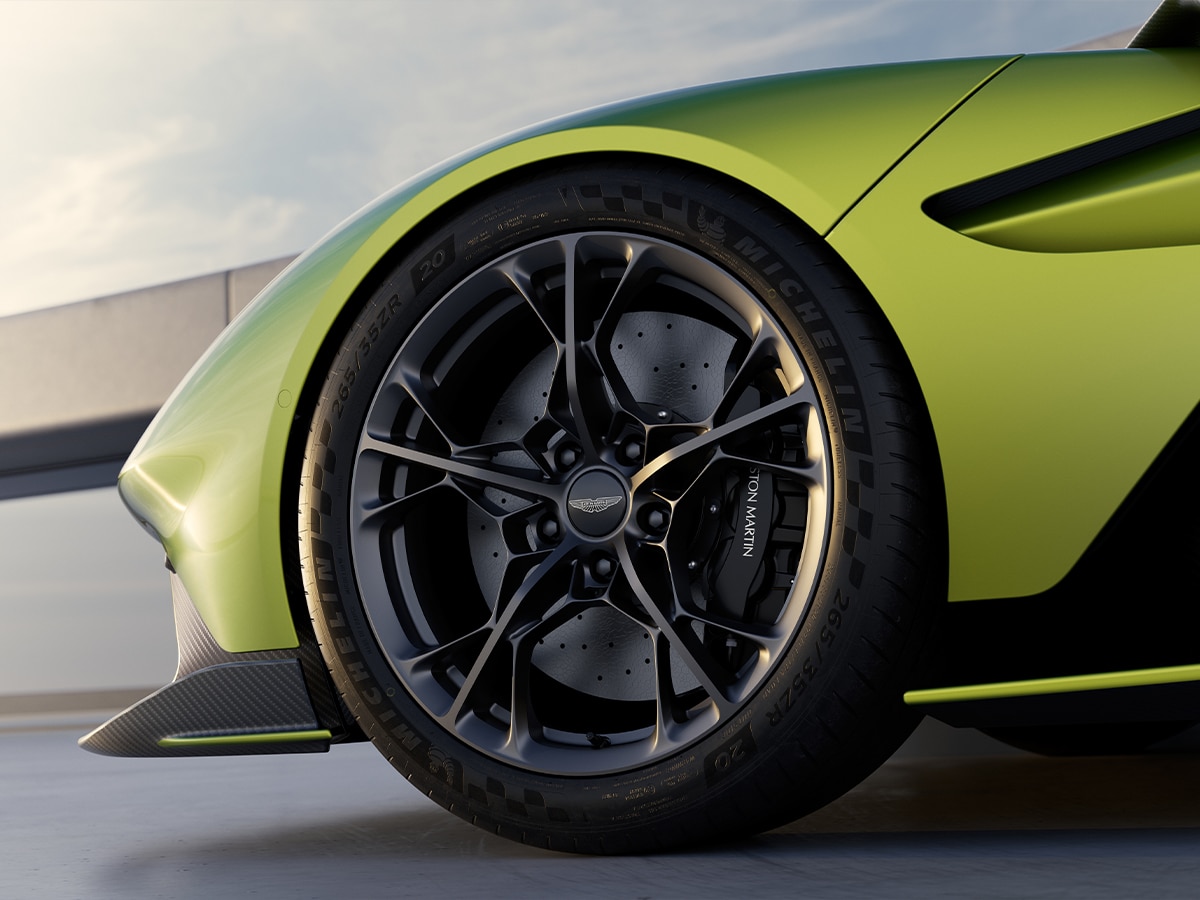
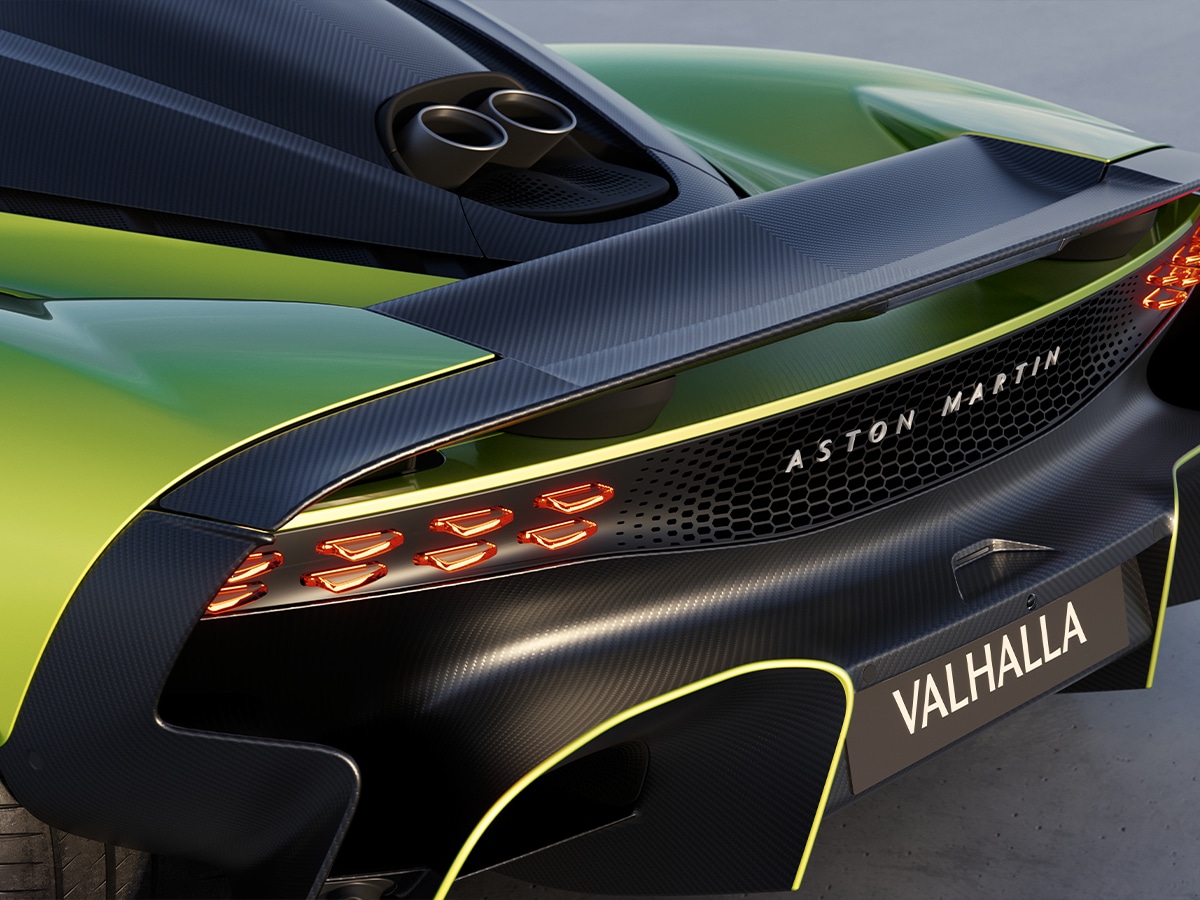
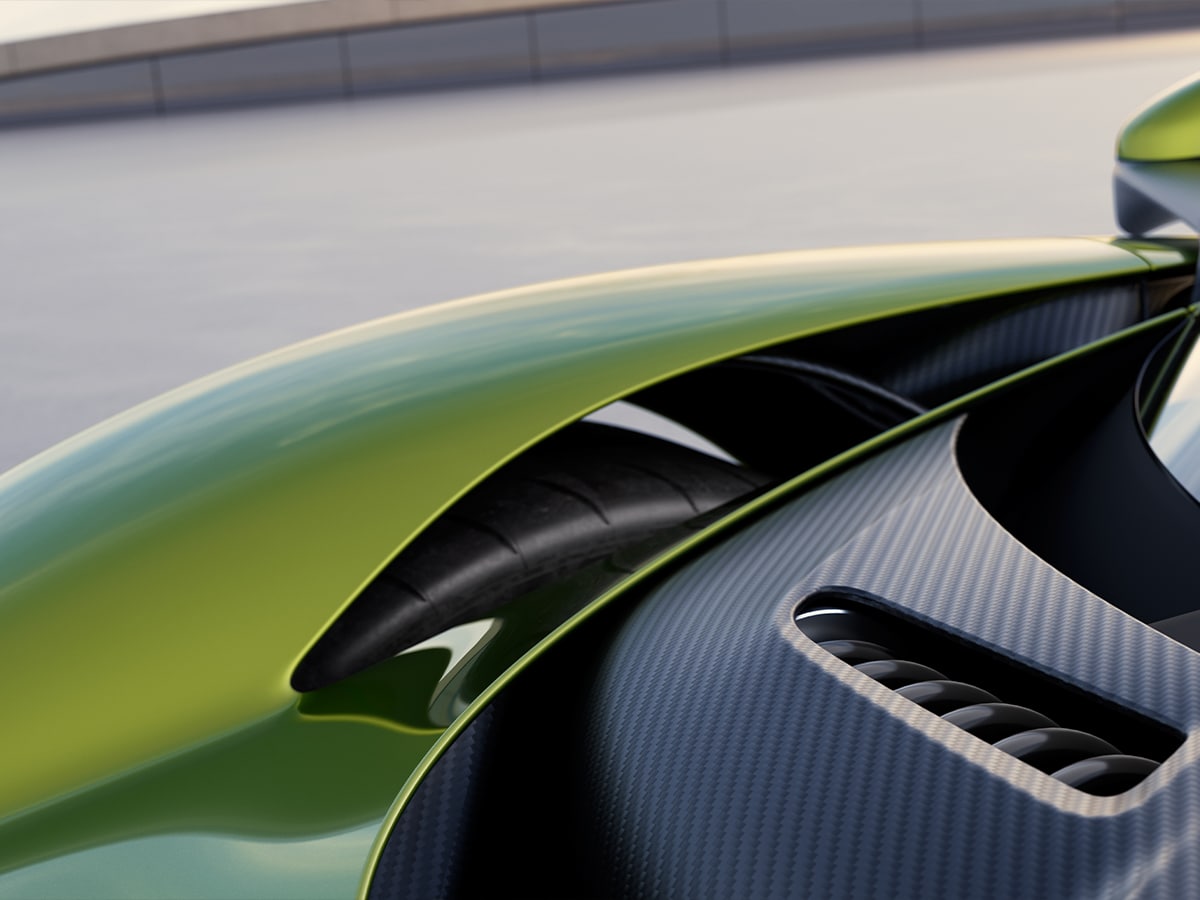
Brakes are headlined by the largest combined front and rear brake assemblies ever used in any Aston Martin sports car. You’re looking at 6-piston 410mm Carbon Ceramic (CCB) discs on the front axle, 4-piston 390mm discs on the rear, and brake-by-wire. They’re characterised by a new Integrated Power Brake system, which allows fine-tuning of pedal feel across the full range of deceleration, according to the brand.
Race mode is where the Valhalla takes its most aggressive form with the active rear T-Wing raised by 255mm on powerful hydraulic ram and a hidden active front wing set to an automated DRS function when the vehicle wants to lower the downforce to gain top speed. Under hard braking, the rear wing will deploy as an air brake, working in tandem with the active front wing to shift the balance of pressure and give you great braking performance and control.
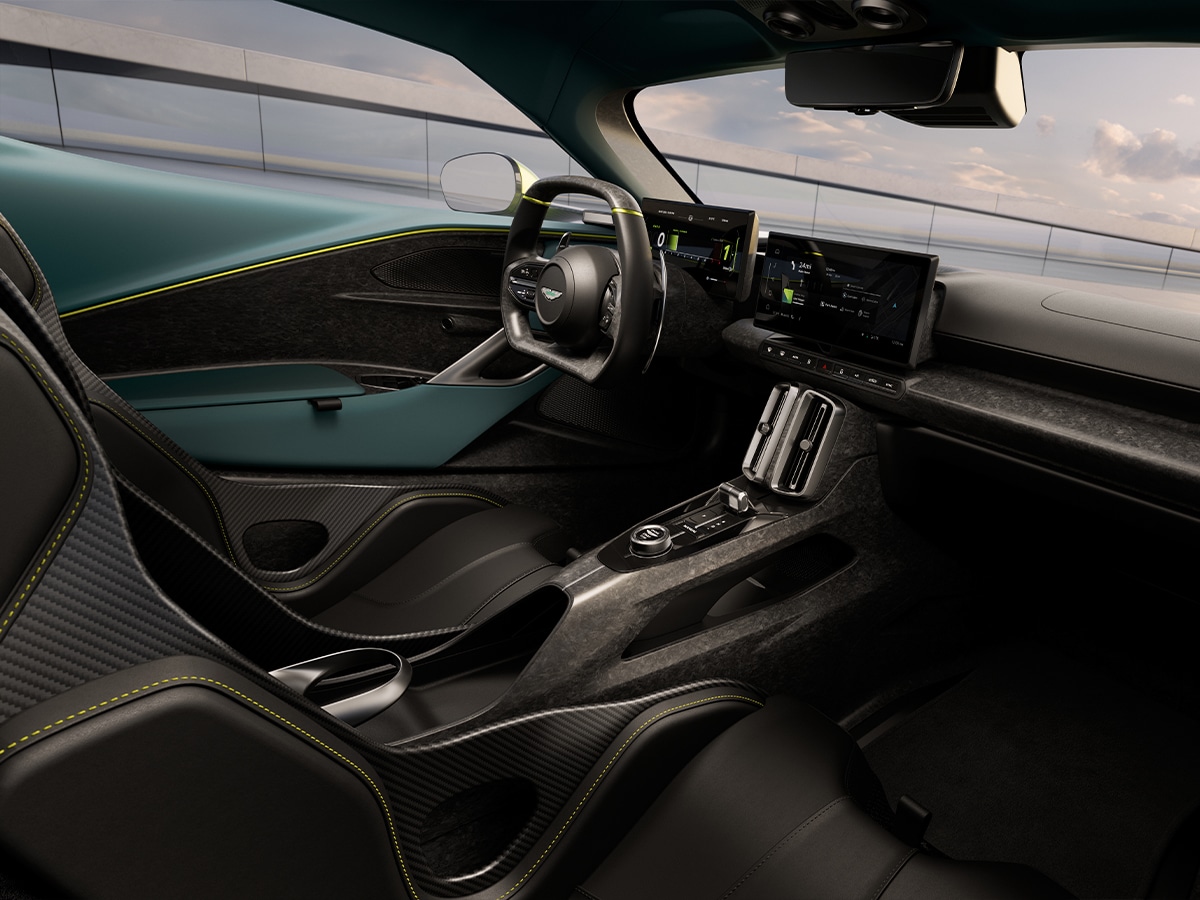
What’s the Interior of the Aston Martin Valhalla Like?
There’s plenty of modern Aston Martin features inside the Aston Martin Valhalla, including:
- Lightweight, one-piece carbon fibre seats
- Sports-style steering wheel with paddle shifters
- Column-mounted driver-centric display with Race mode layout and shift lights
- Central touchscreen with Aston Martin HMI system
- Rotary switch on the centre stack to toggle between Sport, Sport+, Race, and EV modes.
- Amphitheatre-style dashboard wraps around driver and passenger
- Carbon fibre brace runs the width of the cabin, floating the instrument panel above it.
- Aston Martin Audio system as standard, with optional Bowers & Wilkins sound system upgrade
- Customisable ambient lighting is integrated into the cabin.
- Dihedral doors with roof cut-outs and low sills for class-leading ingress/egress.
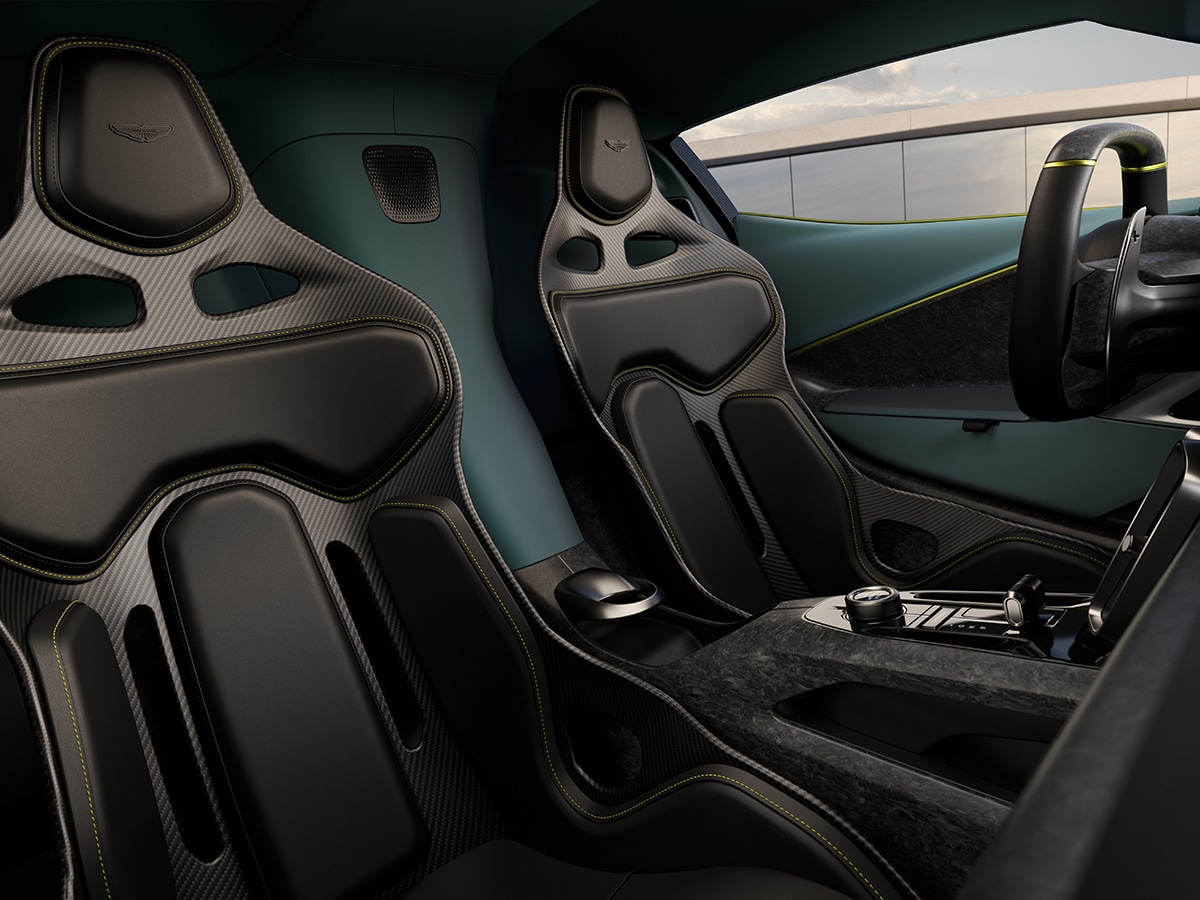
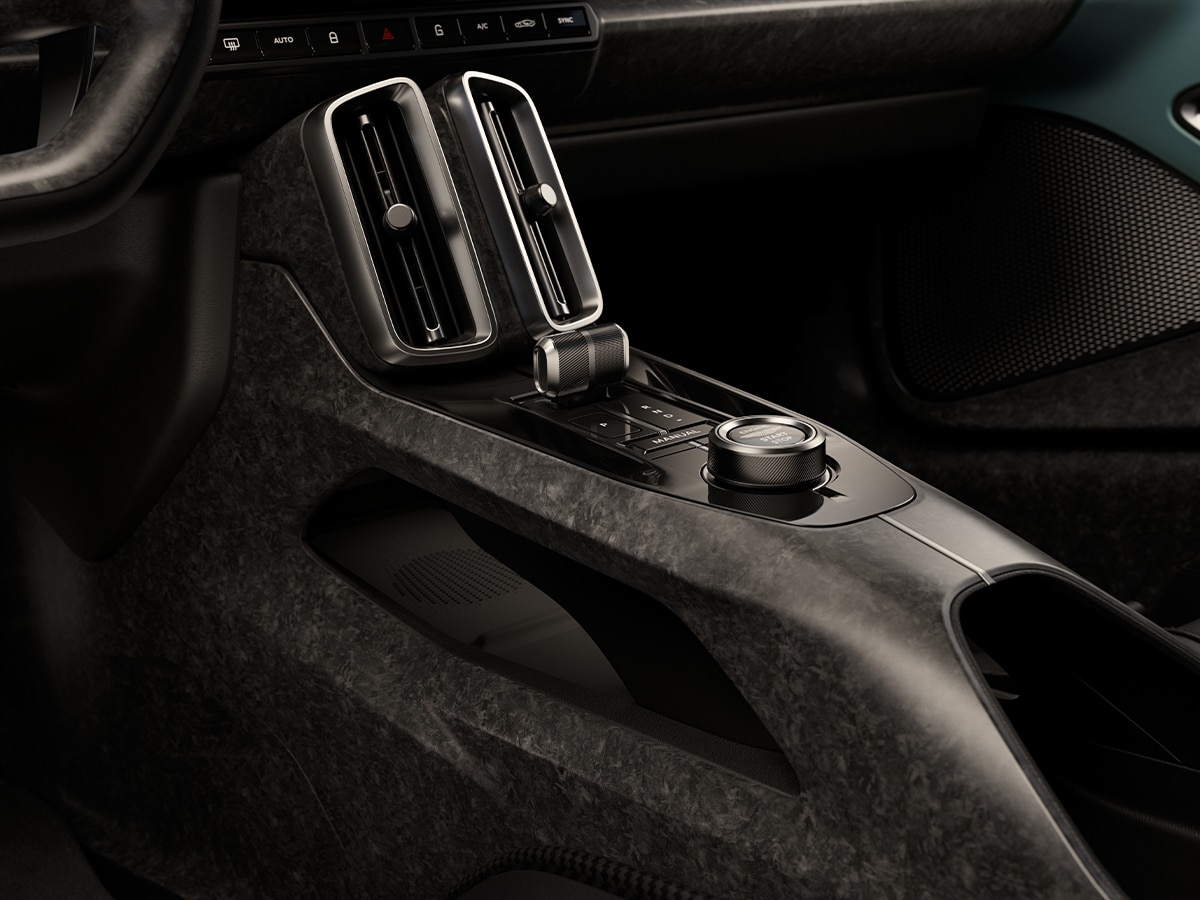
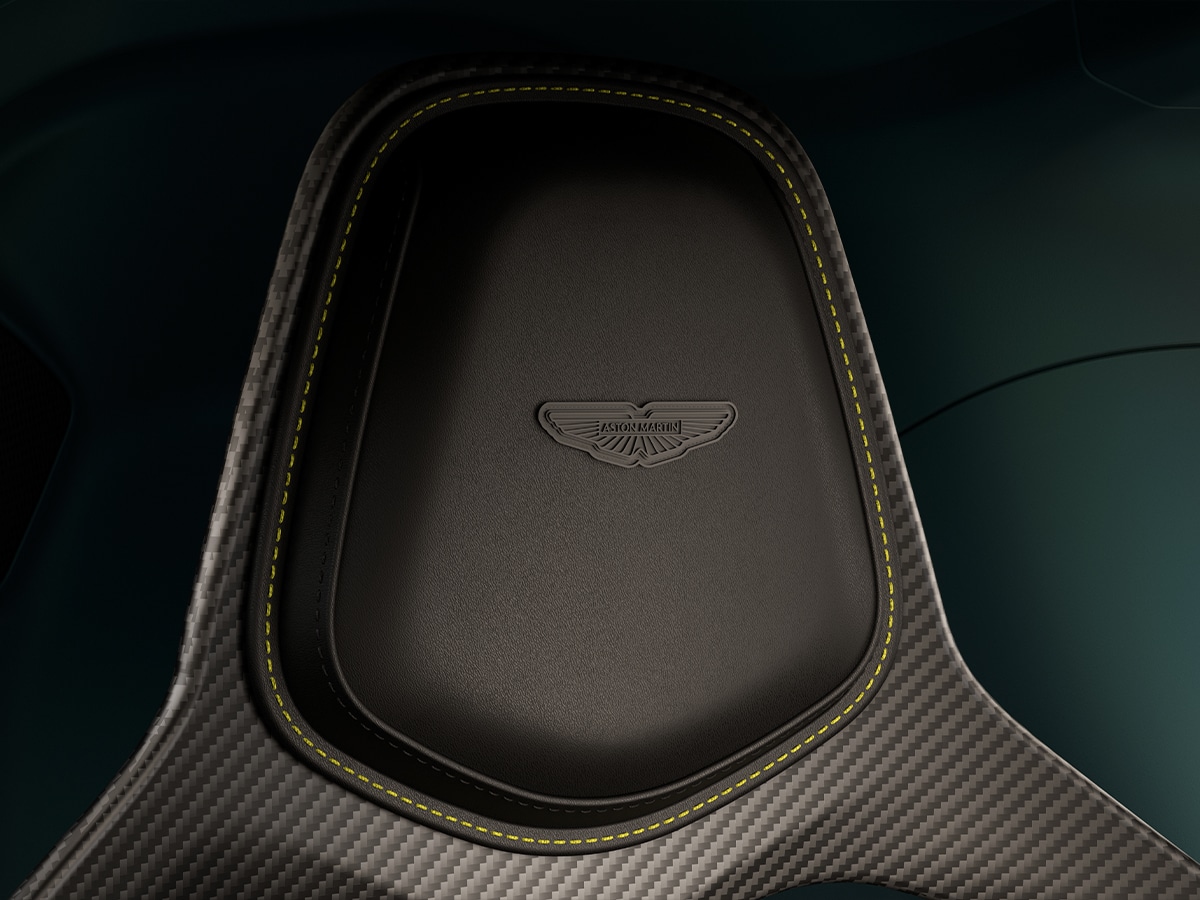
Of course, most of these features can be chopped and changed with the Q by Aston Martin team. However, we love the general look and feel of the cabin with the extensive use of recycled forged carbon fibre and other premium race-inspired materials.
What we’re most interested in, however, is the introduction of selectable ADAS modes which are designed to configure the preferred level of intervention for different driving scenarios. We weren’t the biggest fans of the three-step process required to turn off the speed limit warning in the new DB12 and DBX707 so it will be interesting to see how Aston Martin has ratified this annoyance with the Valhalla. We’re not sure someone spending nearly $2 Million on this car wants warnings to annoy them.
The Aston Martin Valhalla will be limited to 999 units and first customer deliveries will begin in H2 2025. If you haven’t already been contacted by a dealer about this car, your chance of getting you hands on one might have slipped away already.
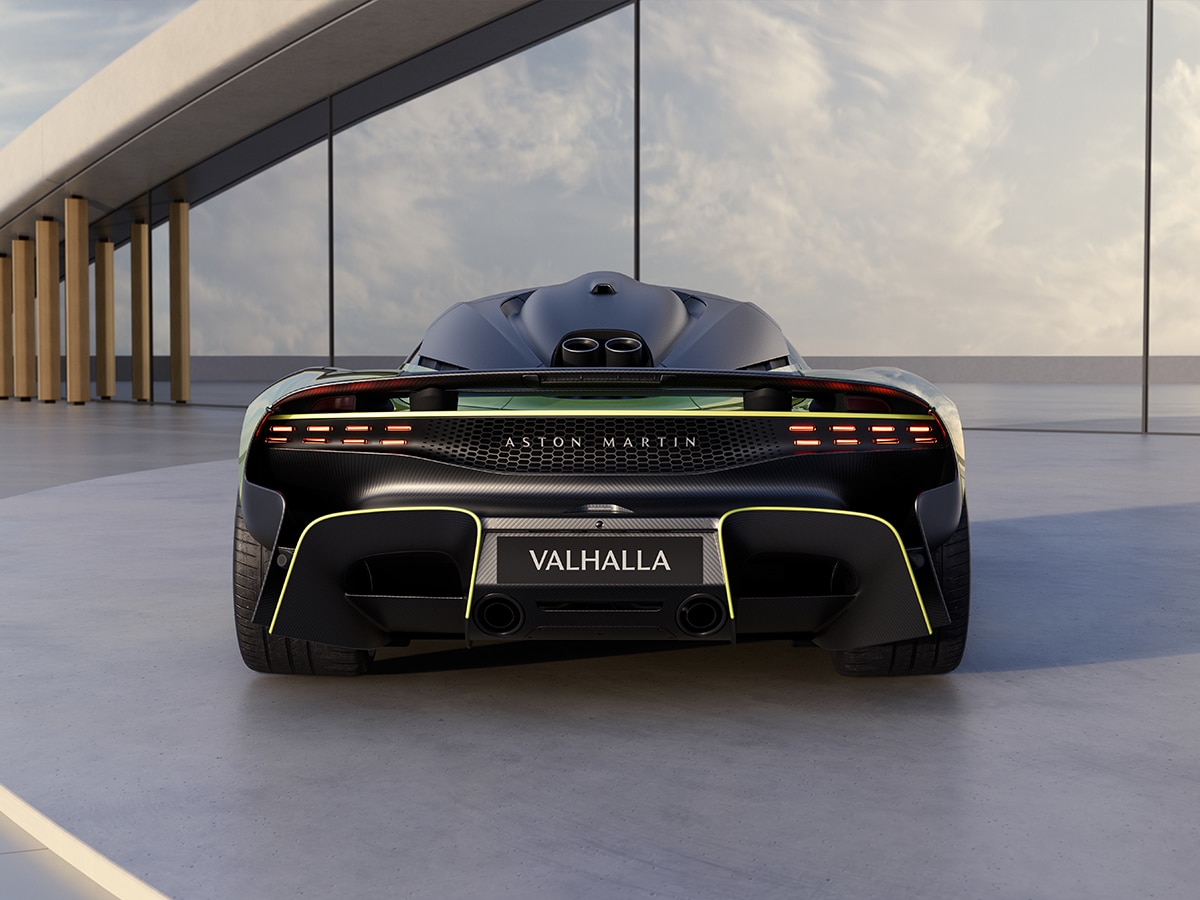
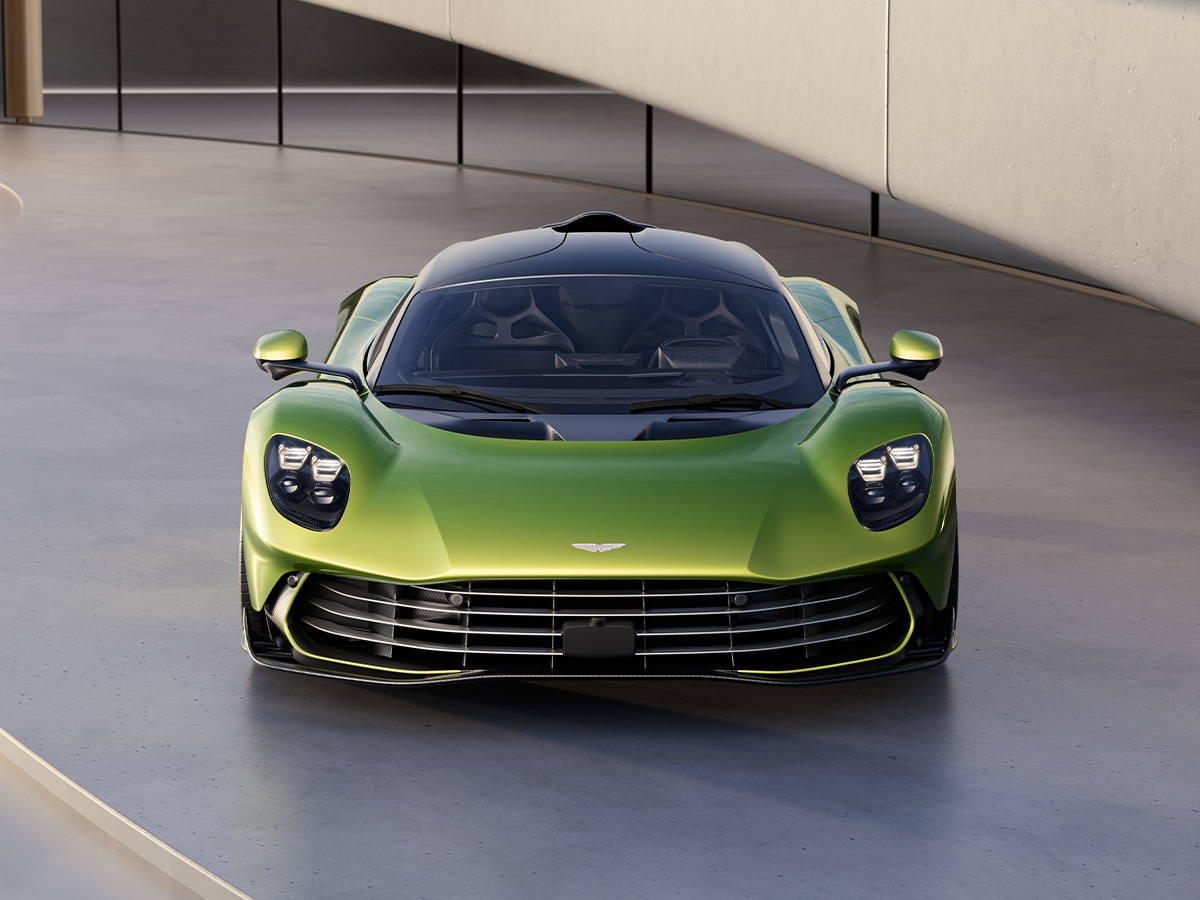
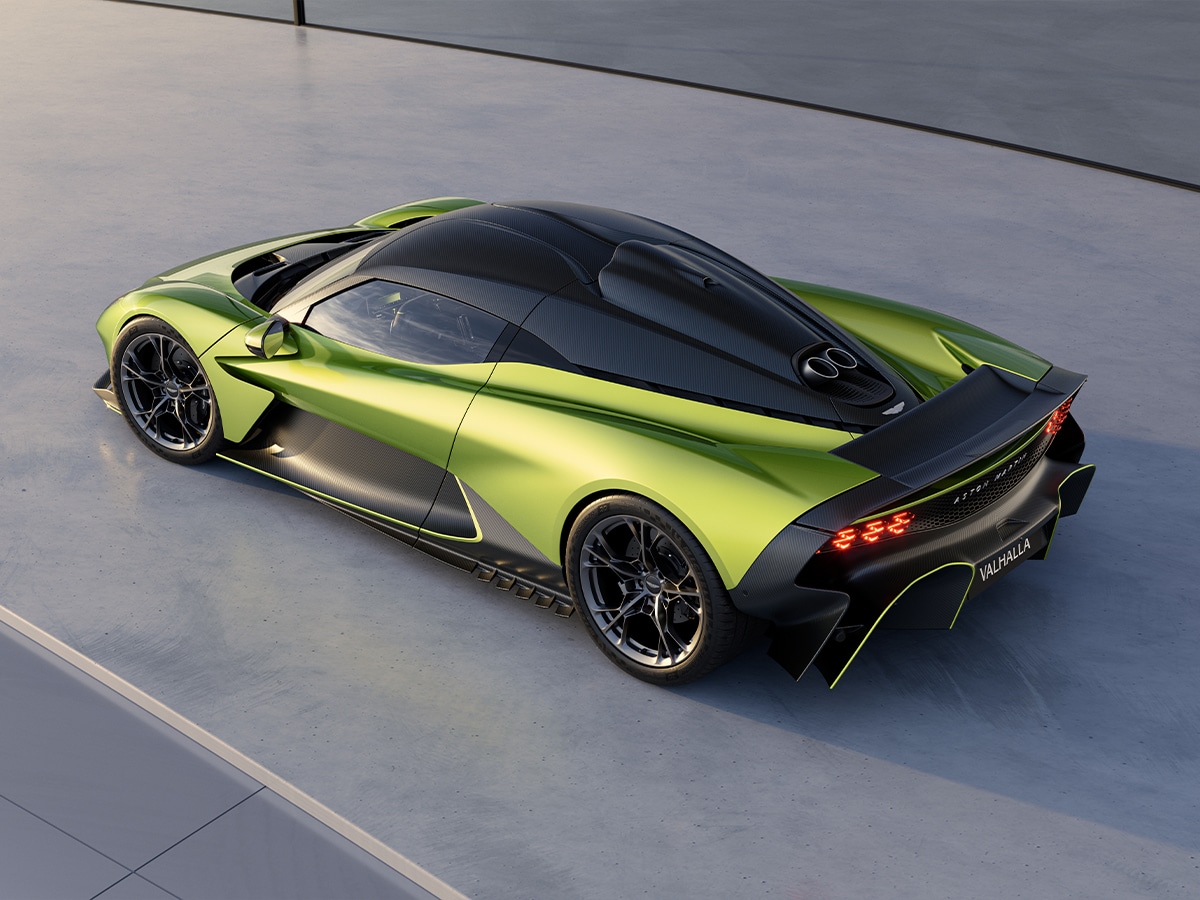
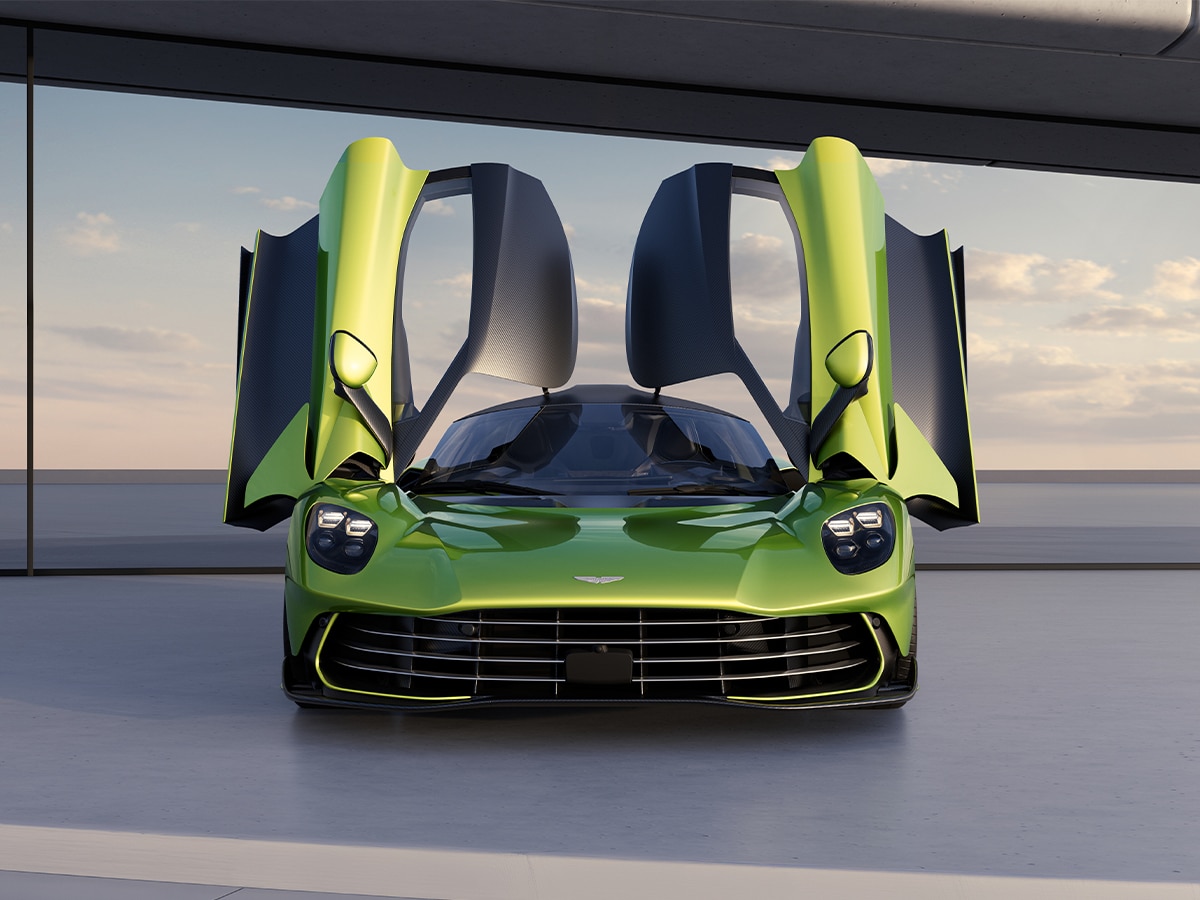
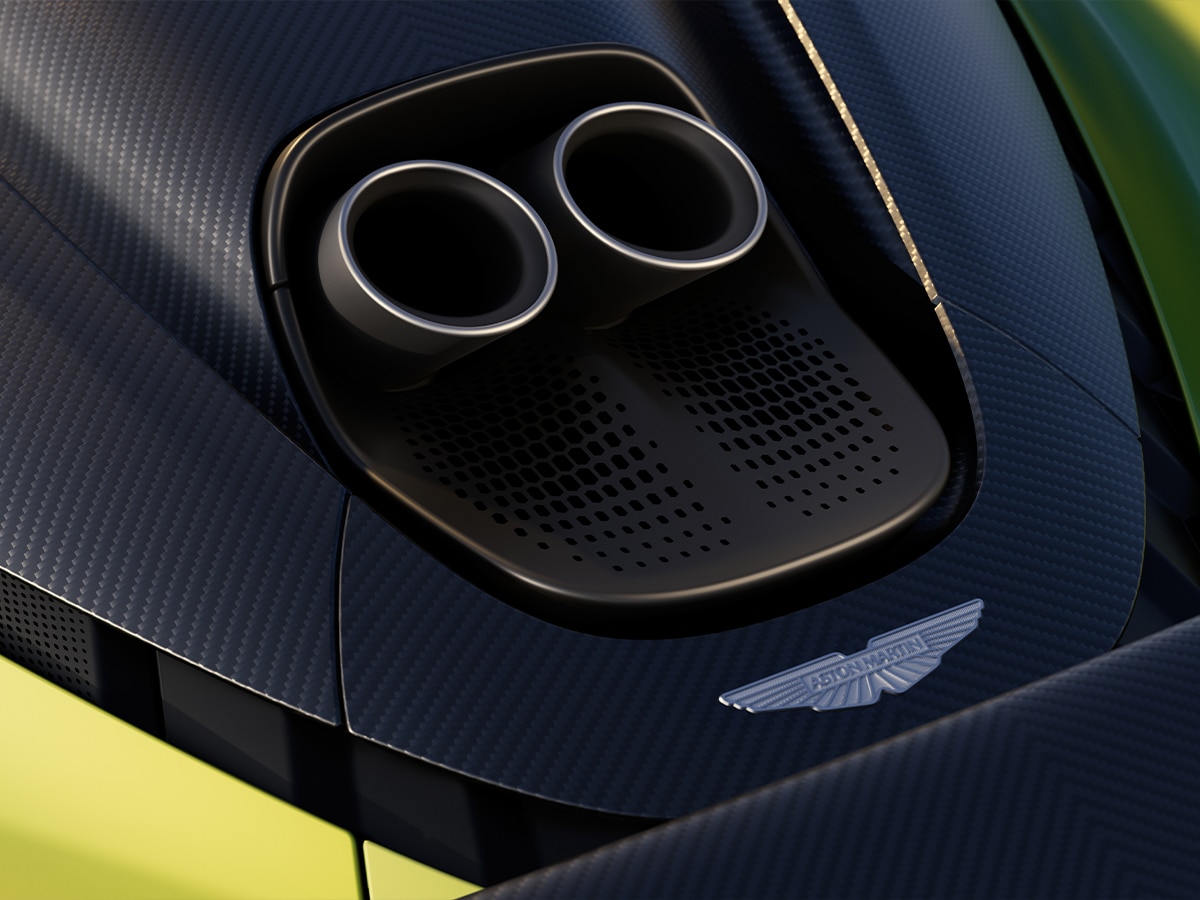
You’ll also like:

















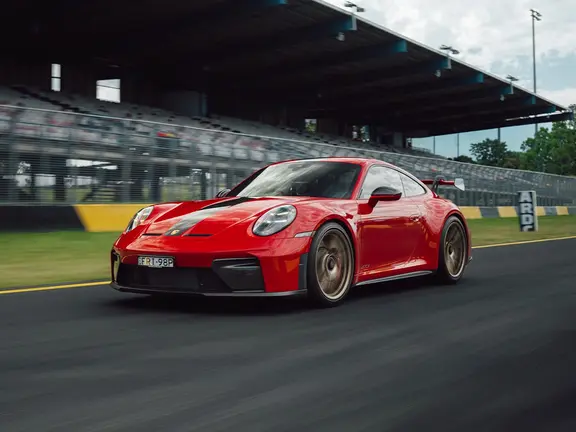





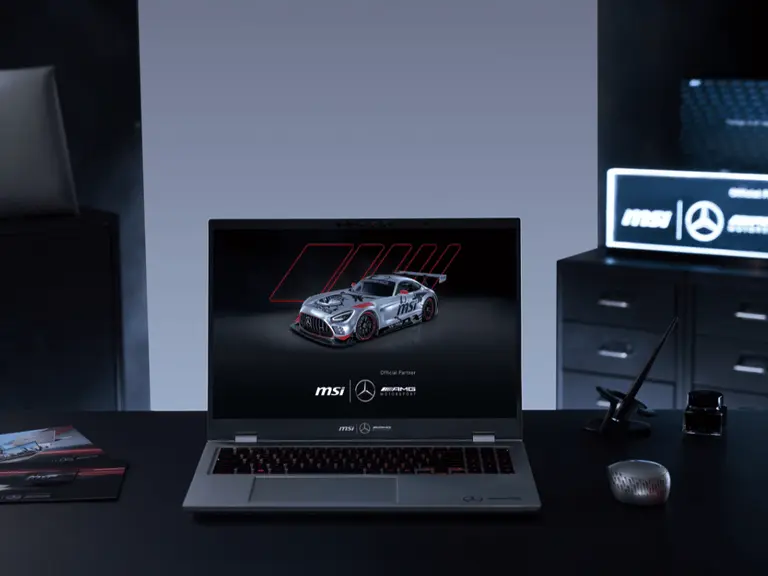



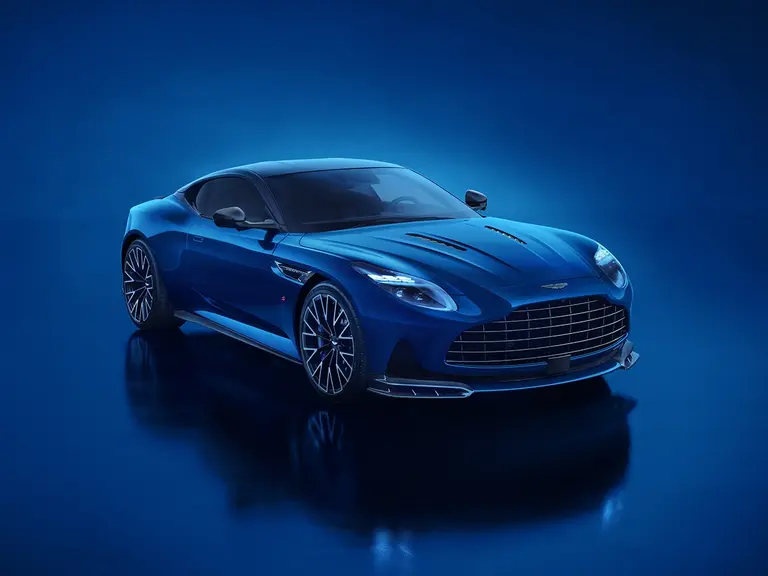
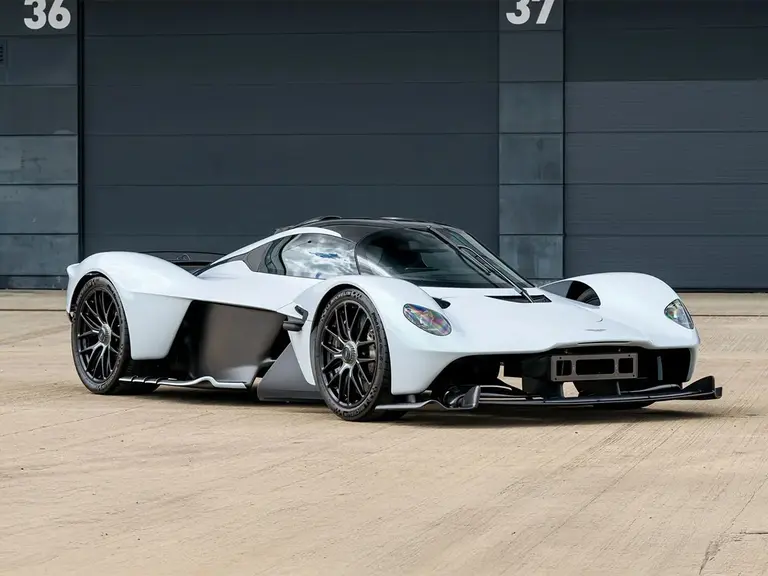
Comments
We love hearing from you. or to leave a comment.